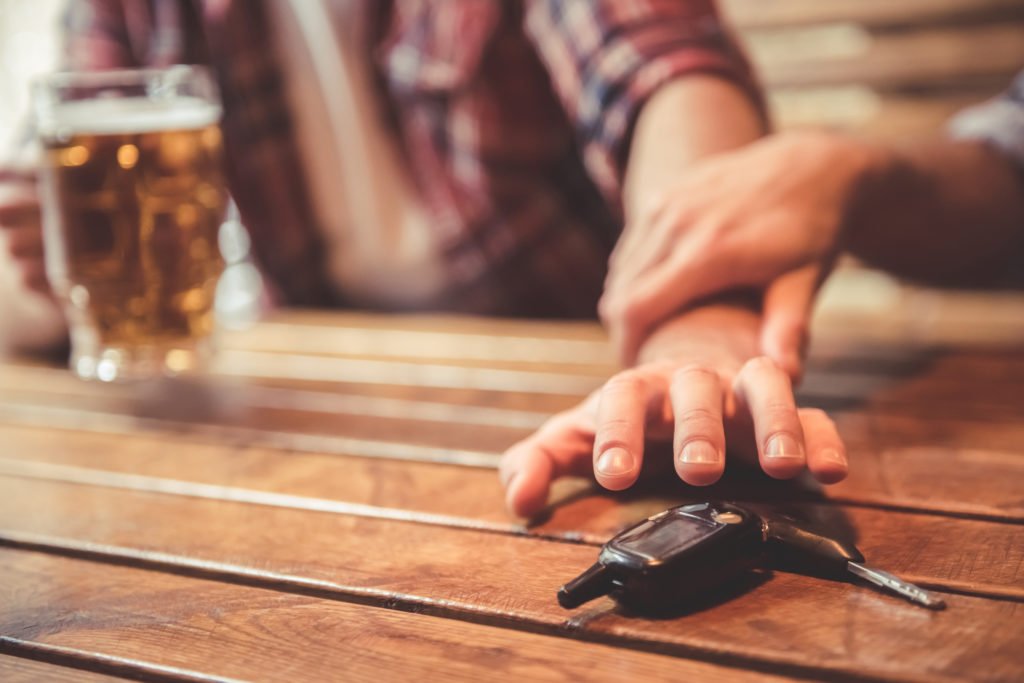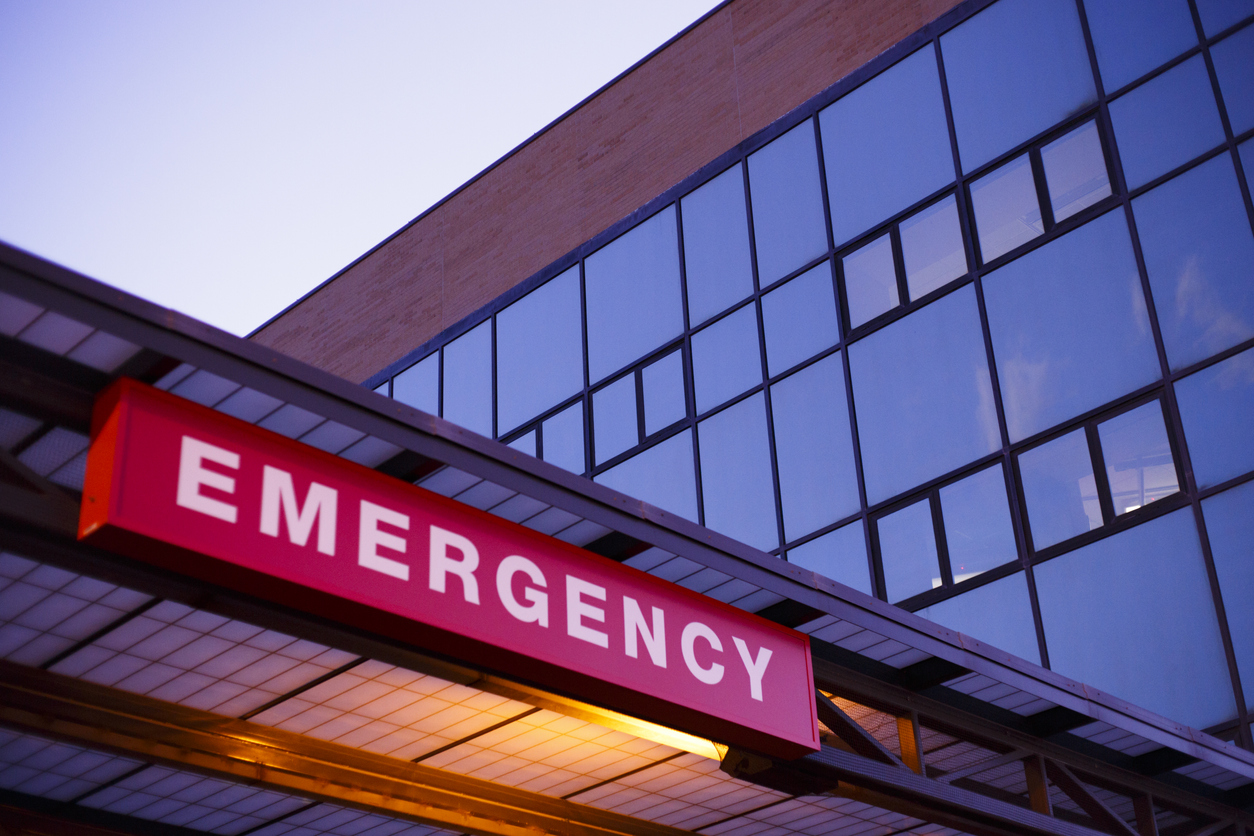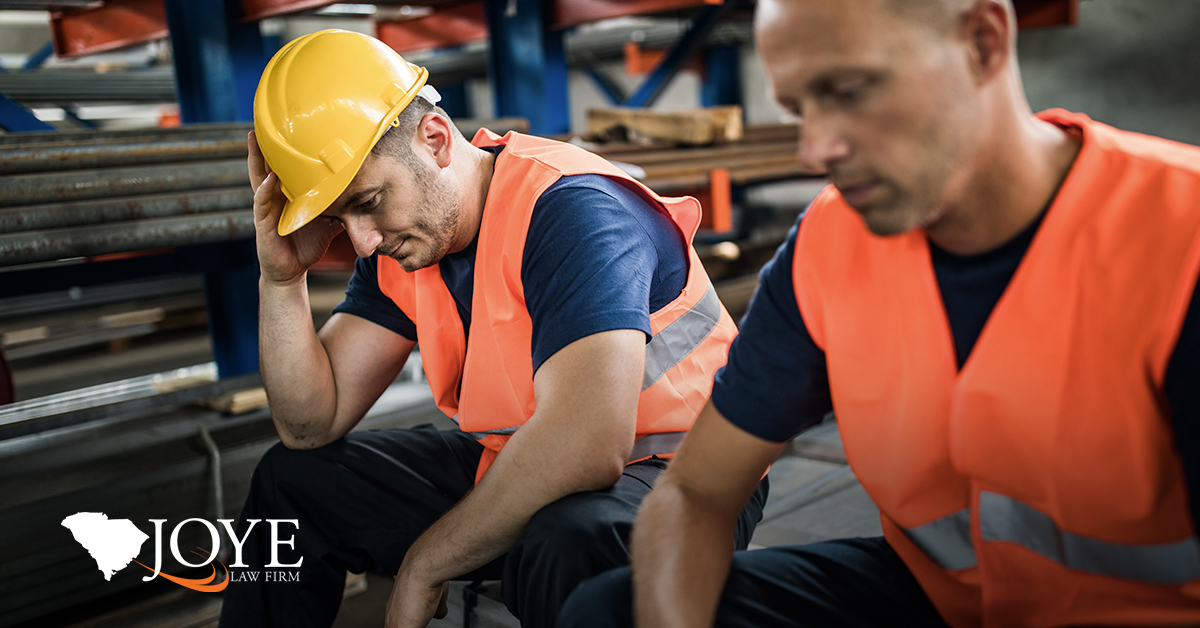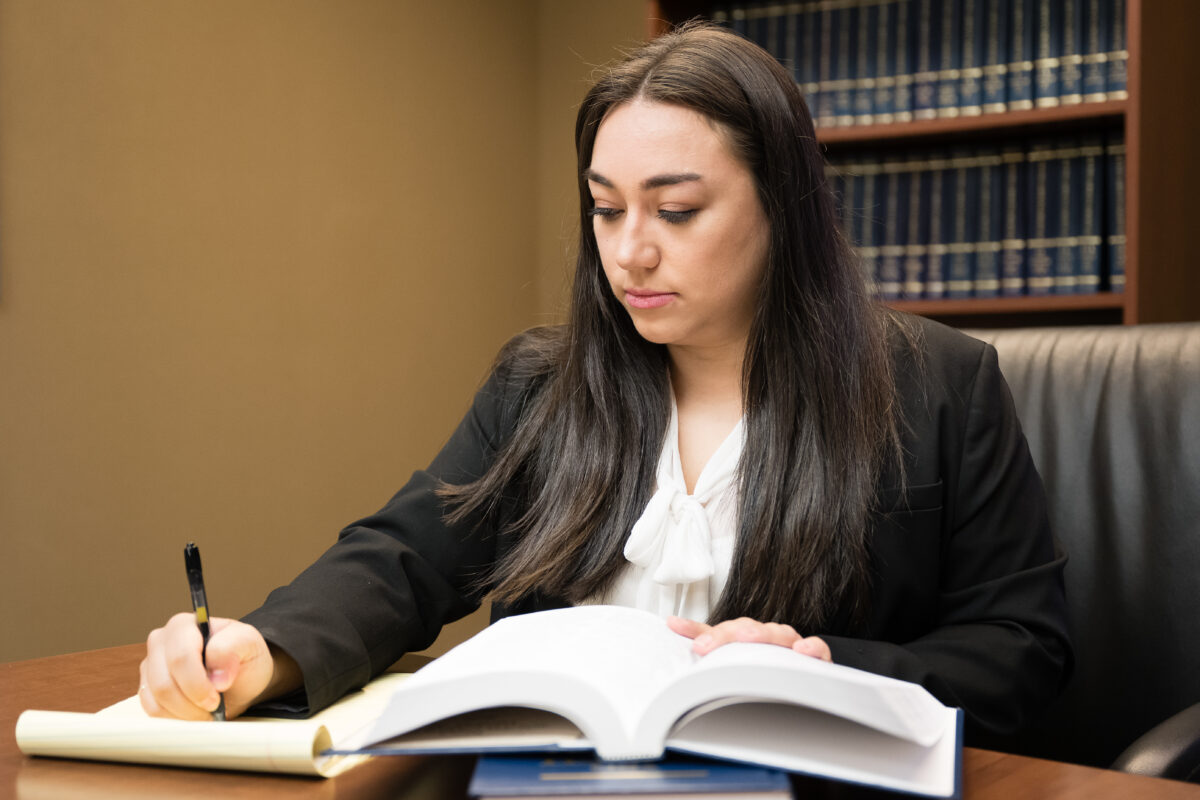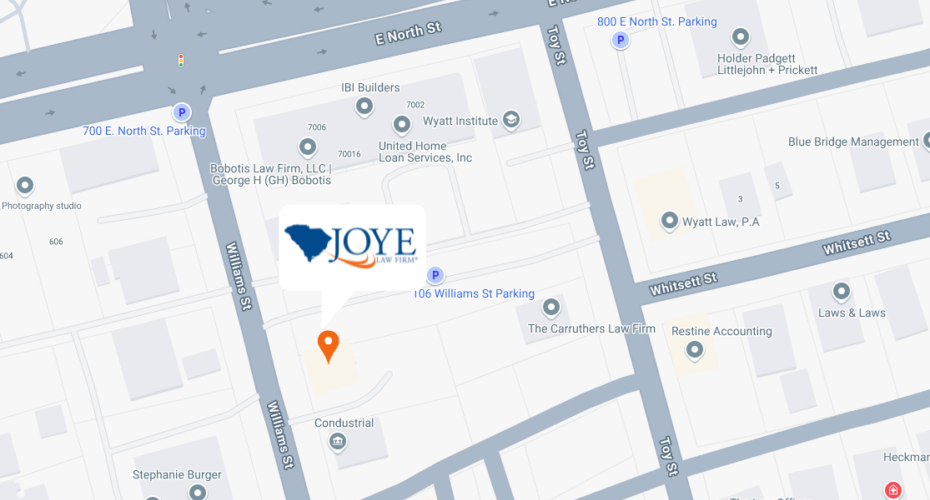South Carolina faces more than its fair share of severe weather. As the National Center for Environmental Information reports, thunderstorms are very common in the state, particularly from early March through late May. Additionally, South Carolina also faces a significant threat from tropical storms and hurricanes from the middle of the summer through the middle of the fall. Severe storms can cause considerable damage and disruption to the region, especially to our roads. Indeed, storms can dramatically increase the risk of serious car accidents. Here, we highlight some of the road hazards that you should be ready to deal with in the hours and days immediately following a major storm.
Common Post-Storm Road Hazards
Standing or Running water
Severe storms frequently cause flash flooding on South Carolina roadways. Following a storm, you need to be ready to expect water in unusual places. Water on the road is always dangerous and you should not assume that your vehicle can get through it. An effect known as hydroplaning or aquaplaning, which results in the total loss of vehicle control, can occur in surprisingly small amounts of water.
- Standing water: If you approach a standing puddle, please only drive through it if you are 100 percent certain that your vehicle can make it. It is always better to be safe rather than sorry. If there is any doubt at all, find an alternative path.
- Running water: If you approach flooding that is running across the road, never drive through it. Even a few inches of running water may overpower your vehicle. Running water is extremely dangerous. If you approach it, turn around and find a different way. Do not put your safety at risk.
Fallen Branches
After flooding, the most common post-storm road hazard to watch out for is fallen branches. Trees overhang many of our roads in South Carolina. When a severe thunderstorm rolls through, high winds and lightning will often take down many branches, and in some cases, entire trees. Be ready for these hazards to be in the road. In can take road crews hours or even a couple of days to clear all of the debris.
Fallen Electrical Lines
Of course, trees are not the only thing that can be damaged by severe weather. Storms often take down power lines too. If you come up to a downed power line in the road, do not drive over it. That power line might still be live. In some cases, a vehicle going over a downed power line can create a fire or even small explosion. Additionally, even if the the power line is off, you should not drive over it. Power lines are made up of strong wires, these wires can easily get caught in your vehicle and create a dangerous situation.
Non-Functioning Traffic Signals
Related to power lines going down, you are likely to find that some traffic signals will not be working properly after a severe storm. Please take extreme care when going through these intersections. Some drivers are simply going to forget the rules regarding right-of-way that are included in the South Carolina Driver’s Manual. The best thing you can do is to be extra vigilant in these situations.
More Severe Weather
Finally, after a severe storm, you should always take a look at the weather radar. In many cases, severe storms come in waves. While the weather may have just cleared up, there may be another major thunderstorm right behind it.
Top Four Severe Weather Driving Safety Tips
- Wait it out: If you can avoid it, please do not drive during a severe storm. The best way to keep you and your family safe is to simply wait until the conditions returned to normal.
- Slow down:If you do find yourself driving during a storm, you need to adjust to the road conditions. First and foremost, this means slowing down. Drivers have a legal duty to operate their vehicle in accordance with the current road conditions. Even if the speed limit is 50 miles per hour, you might only be able to go 25 (or less) during a storm.
- Turn on your headlights: Whenever visibility begins to fade, immediately turn on your headlights. Remember, headlights are important for two reasons: 1) They help make it easier for you to see; and 2) They make it easier for other motorists to see you.
- Expect the unexpected: Expect the unexpected during and after a major storm. You never know when you will encounter a fallen branch, standing water or any other storm-related hazard.
Do You Need Legal Assistance?
The experienced South Carolina car accident attorneys at Joye Law Firm are standing by, ready to help. To set up a free review of your accident claim, please do not hesitate to contact our team today. From our offices in North Charleston, Columbia, Clinton and Myrtle Beach, we serve victims throughout the region.




